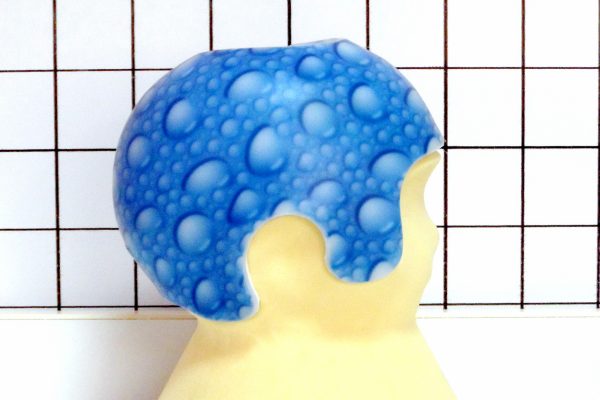
Cranial Helmet
Head deformities
Plagiocephaly is a malformation of the head marked by an oblique slant to the main axis of the skull. However, the term may also be applied to any condition characterized by a persistent flat spot on the back or side of the head.
Positional plagiocephaly, or flat head syndrome, results from preferentially lying on one side of the head. Deformational brachycephaly is a flattening across the back of the head. These two conditions may sometimes occur together.
Reasons why this may happen include:
- sleeping on their back – the back or side of a baby’s head can become flattened as a result of always sleeping on their back, but it’s important they do this to reduce the risk of sudden infant death syndrome (SIDS).
- problems in the womb – pressure can be placed on a baby’s head before it’s born if things are a bit squashed in the womb or there’s a lack of amniotic fluid to cushion the baby.
- being born prematurely – premature babies are more likely to develop a flattened head because their skull is softer when they’re born and they may prefer to rest their head on one side at first because they’re not yet able to move their head themselves.
- neck muscle tightness – this can prevent a baby turning their head a particular way, meaning one side of their head is placed under more pressure.
Occasionally, a flattened head can be caused by the plates of the skull joining together too early. This is known as craniosynotosis.
This condition can be corrected by surgery if the child is young enough. The use of a cranial remolding orthosis can also benefit the child if the child begins wearing it at an early age. These helmets are used to treat deformational plagiocephaly, brachycephaly, scaphocephaly and other head shape deformities in infants 3–18 months of age by gently allowing the head shape to grow back into a normal shape.
The Spectra™ handheld optical scanner enables us to electronically capture a high-resolution 3D model of our patient in seconds – without any patient contact or the mess and discomfort of plaster.
















